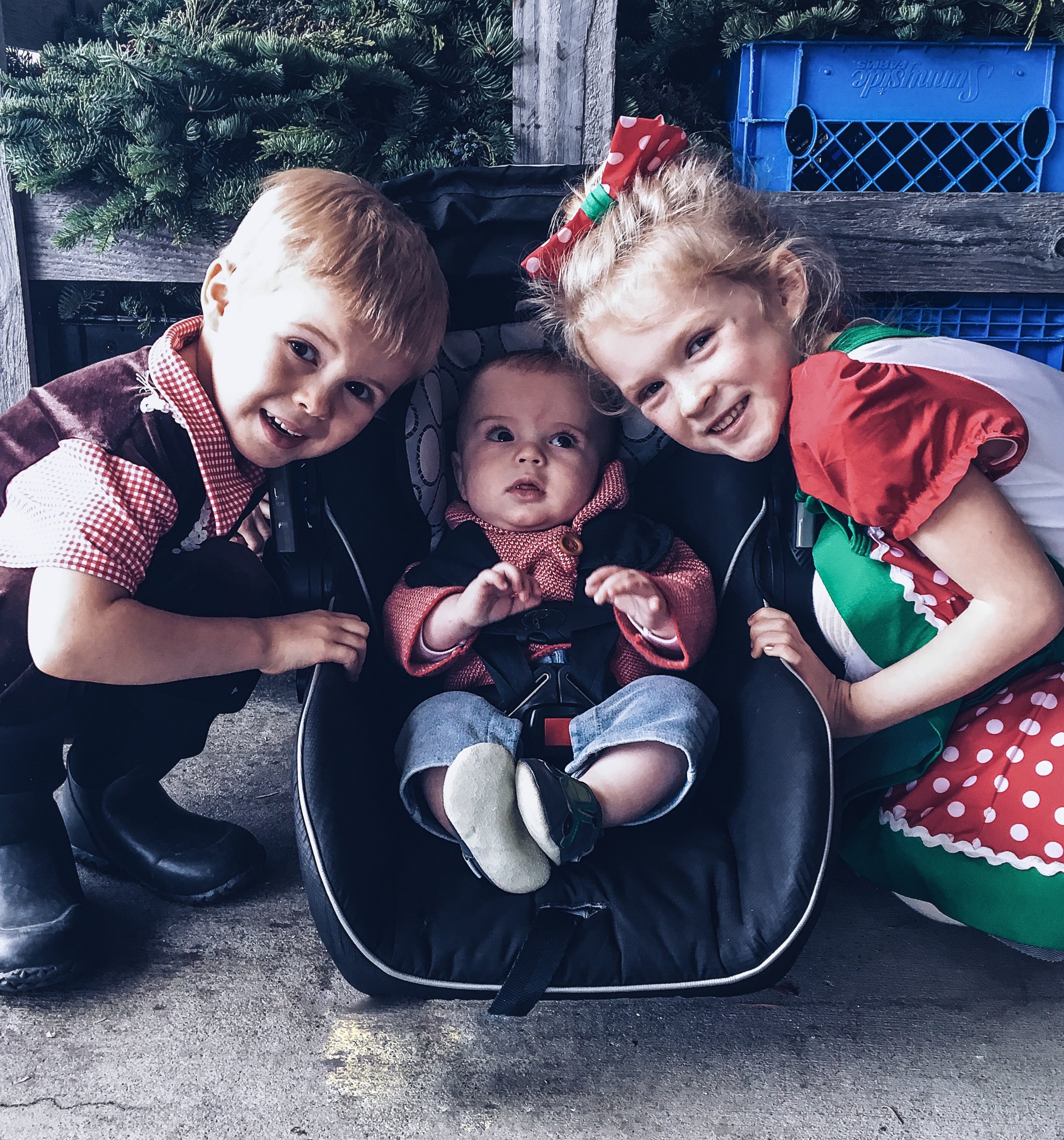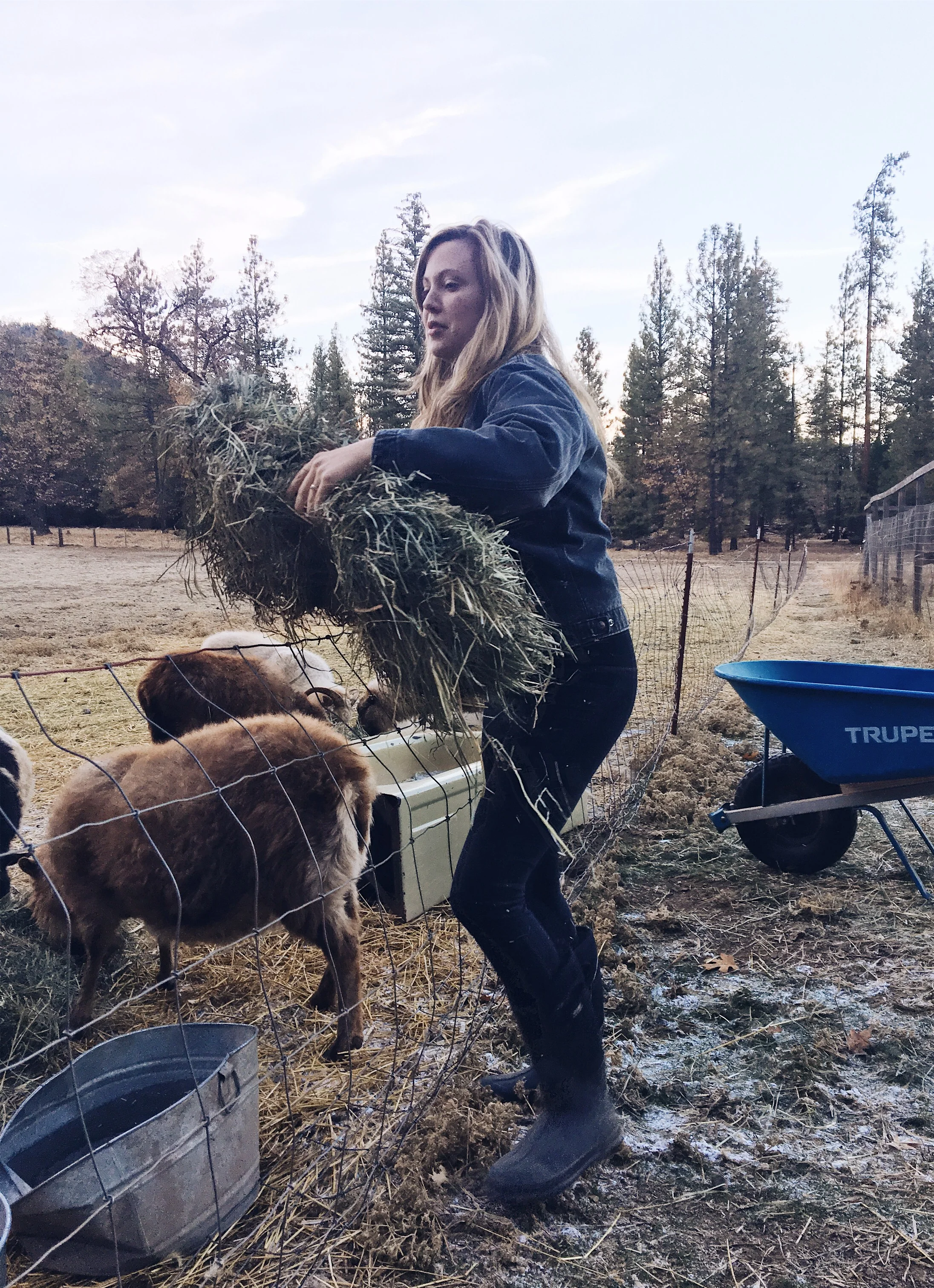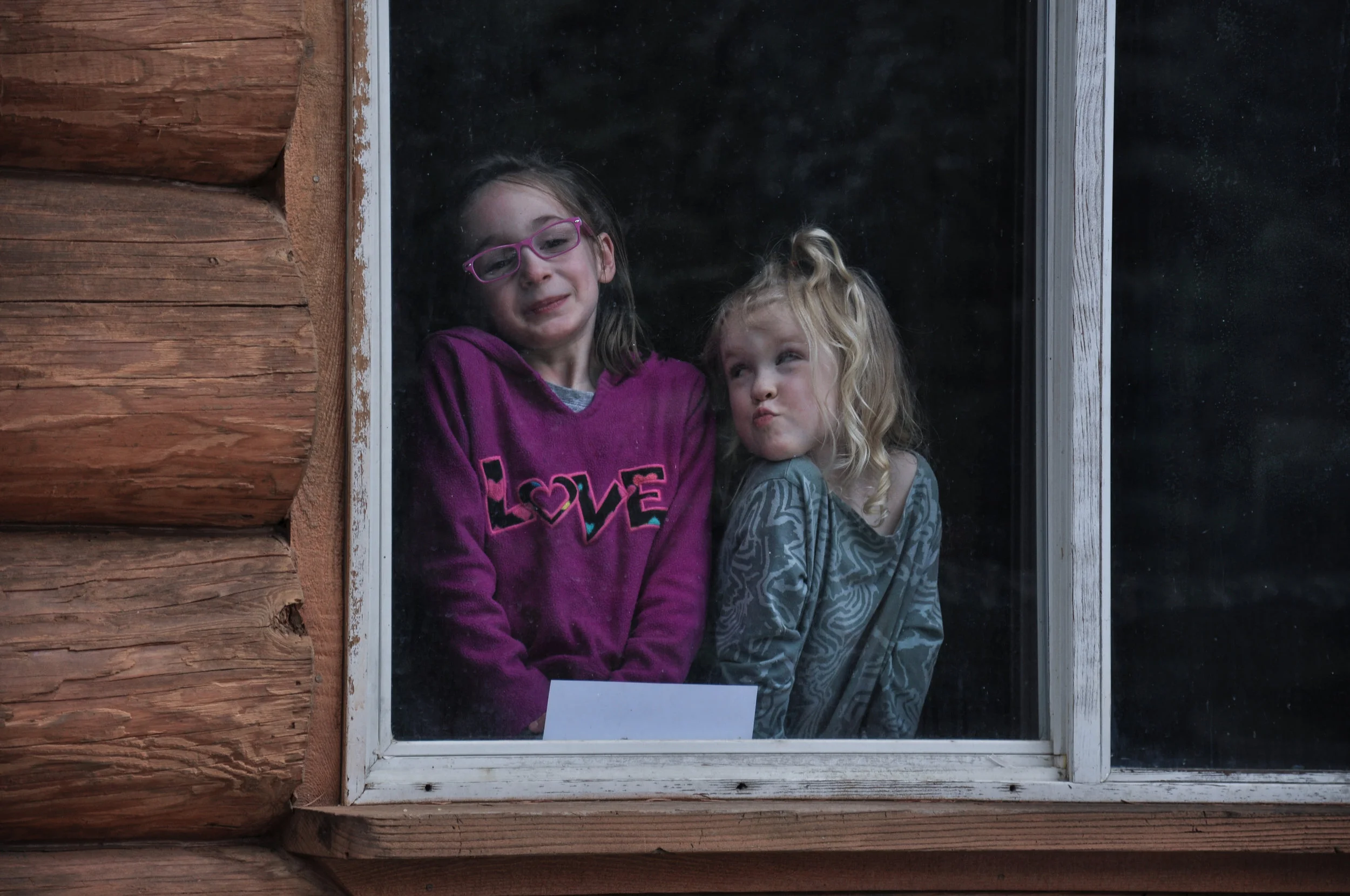Ever make plans, only to watch them get flipped on their head in an irony so perfect, you suddenly wonder if you’re on a sitcom? (Which camera do I make that Jim Halpert face into?)
That was 2018 for me.
In 2018 I chose my word for the year: “forge” in its verb form, meaning “to forge ahead.” With all my eager January energy I set intentions to move my life forward. Literally: in April we were moving to Eugene, farm shopping, new job anticipating —pretty solidly forging ahead, if you ask me.
Then, one by one, the pieces of our intended move changed shape and stuff stopped making sense. That once-open door suddenly shut, leaving me inside a different kind of “forge.”
The noun kind. With fire.
From that point, the forge really heated up. I felt like I let down all my new Eugene friends, my hope and vision for our path was scrambled, we were back to square one looking for jobs, and through all this I was having an exhausting pregnancy. Other sad things happened: losses that hurt deeply. These stressors were like compounding units of heat; I laid awake many nights, sweating with anxiety. In the forge of confusing circumstances, I realized that I have no idea how to sit with pain. I responded to pain by analyzing, rehashing, getting on Realtor.com every day, applying for jobs, and trying to strategize a way out without first taking a second to just sit with my feelings.
As Asa’s arrival got closer I remembered a piece of advice from a previous midwife: “Don’t tense up and strain against pain, lean into it and let it do its work.” On Asa’s birthday I decided to lean into the pain and cope by surrendering. The result was unlike either of my previous deliveries. I was more present and grounded, but most of all I had let pain do it’s work to bring me the precious gift of my son.
Surrendering to the forge’s refining fire is making me softer. I actually noticed the other day that I have been less frustrated by some of the things the kids do that usually drive me crazy. Last month, instead of launching a multi-layered angry reaction to something Justin did that made me mad, I just expressed simply that I was hurt.
2018 ended with a 15 minute a day practice that was a very bite-sized act of surrender aimed at helping me sit with my feelings. If I can identify what’s rattling around in my heart then I can more directly (and empathetically) nurture the part that’s out of whack.
My words for 2019 are “strong back, soft front” from @brenebrown’s #bravingthewilderness. I’m building on my 2018 work by offering myself to the world with healthier boundaries and braver vulnerability. Here goes!































































